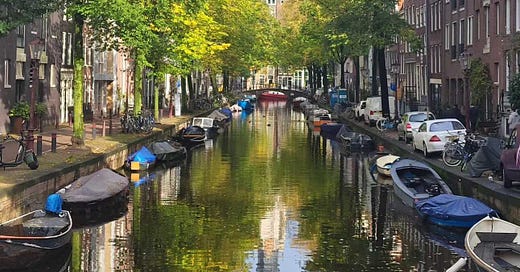A few weeks ago, I was reading through a Reddit thread about Amsterdam’s crackdown on party tourism. One comment stood out: “They spent decades building a tourism industry off the back of drugs and sex workers and wonder why so many people are there looking for drugs and sex workers?”
Excuse me?
Amsterdam tourism built around pot and prostitutes? I don’t think so.
Yes, it’s well known that both prostitution and cannabis are legal there. And, over time, that has attracted a large subset of tourists who only see the Dutch capital as a place to party. They remind me of the people who think New Orleans’ French Quarter is representative of the entire city.
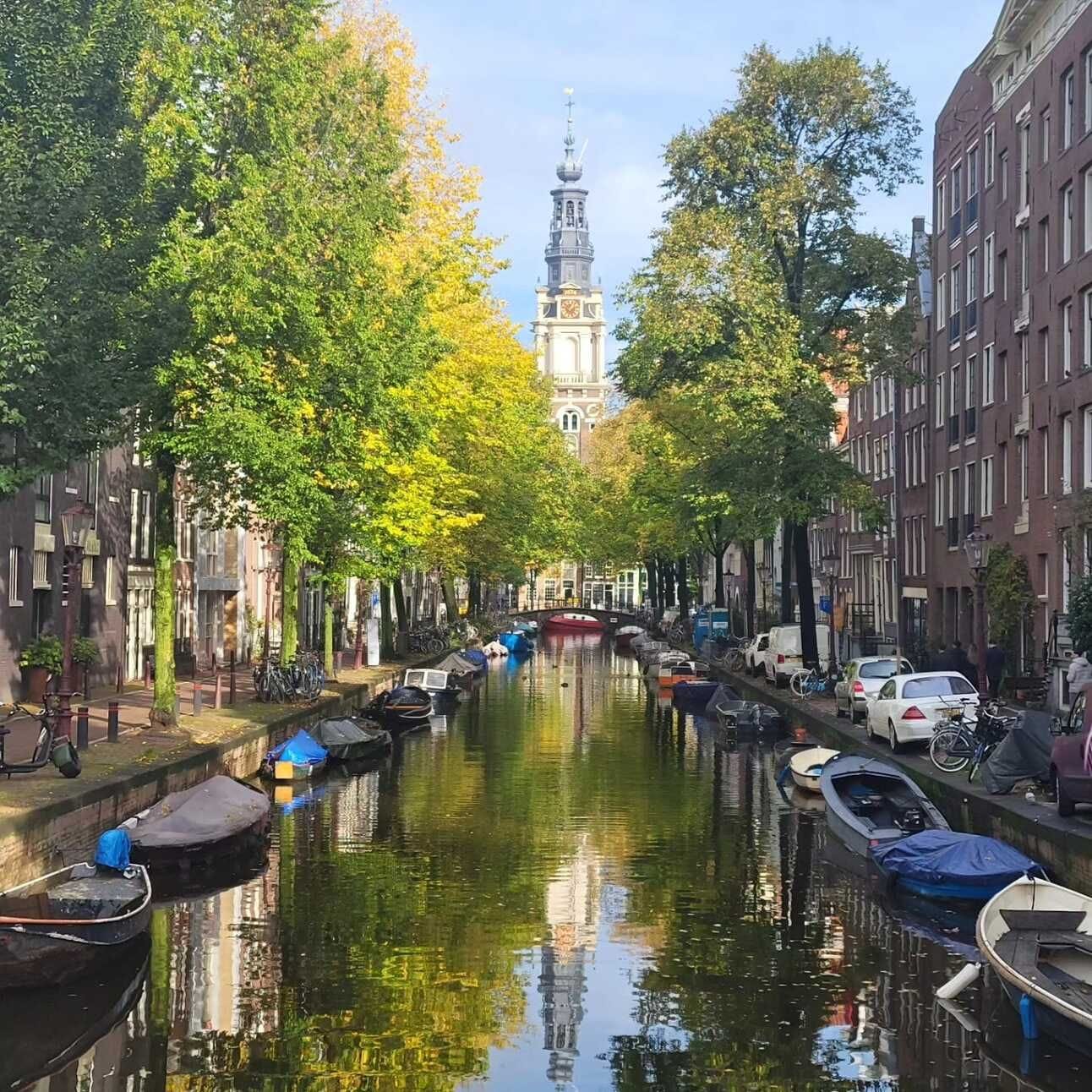
In reality, Amsterdam has been a renowned center for culture, art, commerce, and religious tolerance for hundreds of years.
Beginning in the 16th century, it welcomed Jewish refugees who had been expelled from Spain and Portugal and also allowed a place for Catholics to worship when it was illegal in the largely Protestant kingdom to hold Mass. During the Dutch Golden Age of the 16 and 17th centuries, Amsterdam dominated global trade and practically invented conspicuous consumption. The city has a rich, diverse, and complicated history.
More recently it has been popular with city planners the world over for its successful flood control and land reclamation projects. As the world faces up to the impacts of climate change, the Netherlands–with Amsterdam in the lead–is making headlines for encouraging walking, cycling and public transit in its urban areas instead of cars.
So, while the proprietors of certain businesses may not be thrilled with the changes, I don’t think the city will be regretting the “Stay away!” campaign anytime soon.
We spent three days this fall enjoying the sights, the shopping, the museums, the canals, and the food. So you are up for more of a PG-rated guide to three days in Amsterdam, keep reading.
Getting There
Deutsche Bahn offers nine direct trains each day between Berlin and Amsterdam. In just under six hours, you can go from the German capital to the capital of the Netherlands.
My daughter, 16, and I were alone on this trip. My son and husband stayed in Berlin with our two dogs. We boarded our InterCity train at Ostbahnhof in east Berlin just after 8 a.m. and got off at Amsterdam Centraal Station just after 3 p.m.
We reserved three nights at the Eden Hotel Amsterdam, which fronts the Amstel River in the heart of the city center. We both bought 72-hour Amsterdam City Cards, which gave us unlimited use of the public transit system plus free or discounted admission to many attractions and events throughout the city.
Rembrandtplein + Canal District
Because it was our first time in the city, we definitely wanted to stay in the Canal District, Amsterdam’s historic center. The Eden Hotel fronts the Amstel River and is just next to Rembrandtplein and is about a 20-minute walk or a five-minute tram ride from Amsterdam Centraal.
The Dutch word ‘plein’ is synonymous with ‘plaza’ in Italian or the German ‘platz’ and refers to an open square where people can congregate to eat, shop or relax. Rembrandtplein, named for the famous painter, is popular with tourists and locals alike for its many restaurants and cafes.
I was immediately struck by how beautiful–and quiet–the city is. The streets are narrow and car traffic is allowed but discouraged. Although trams and buses are plentiful, by far the most preferred means of travel is by bicycle.
Many of the streets are narrow, lined with cobblestones, and run right next to the canals. When Amsterdam was in its infancy, the canals were the streets and residents traveled by boat. They certainly were not designed for regular car traffic.
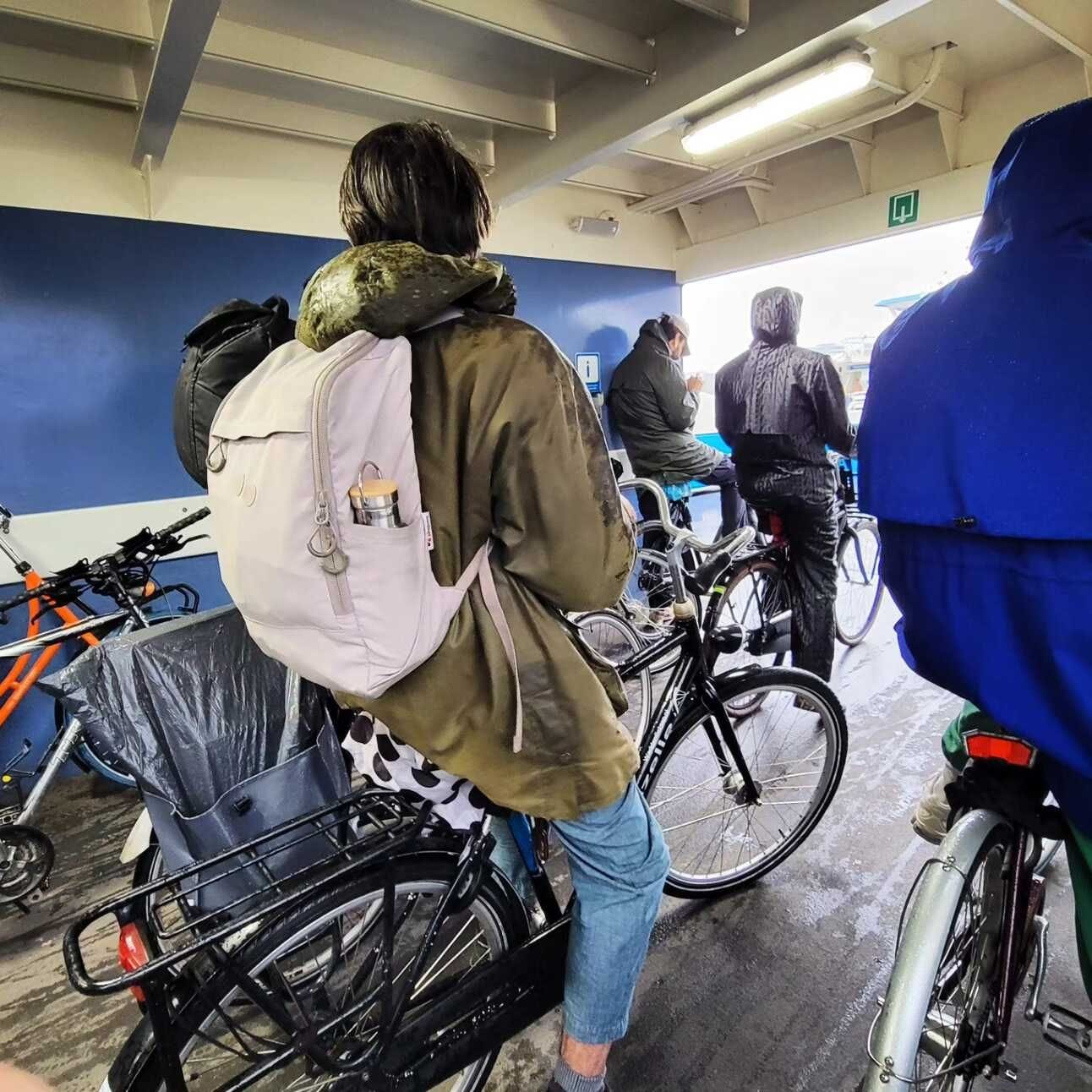
For most of our visit, we would see large numbers of people cycling or walking (and riding electric scooters), with a few occasional cars. The larger roads are lined by dedicated bike lanes. But Amsterdam also gives preferential treatment to bikes on several of the smaller side streets, with all but emergency vehicles and city service trucks prohibited from driving through.
Tip: If you are cycling in Amsterdam, be aware that the easiest and most efficient way to get somewhere may not be using cycle lanes along the busier streets. Often, a block over, there will be a dedicated cycle-priority route that cars are not allowed to use or where their use is restricted. Jason Slaughter at Not Just Bikes, covers this strategy–called Ontvlecthen in Dutch–in this video.
As evening falls, everything is illuminated. The tour boats gliding silently along the canals are ringed with strings of soft electric lights. Likewise, lights in the same soft hue line the tops of the buildings. The carillon in the Munttoren chimes on the half hour and hour, lending a sort of magical quality to the atmosphere.
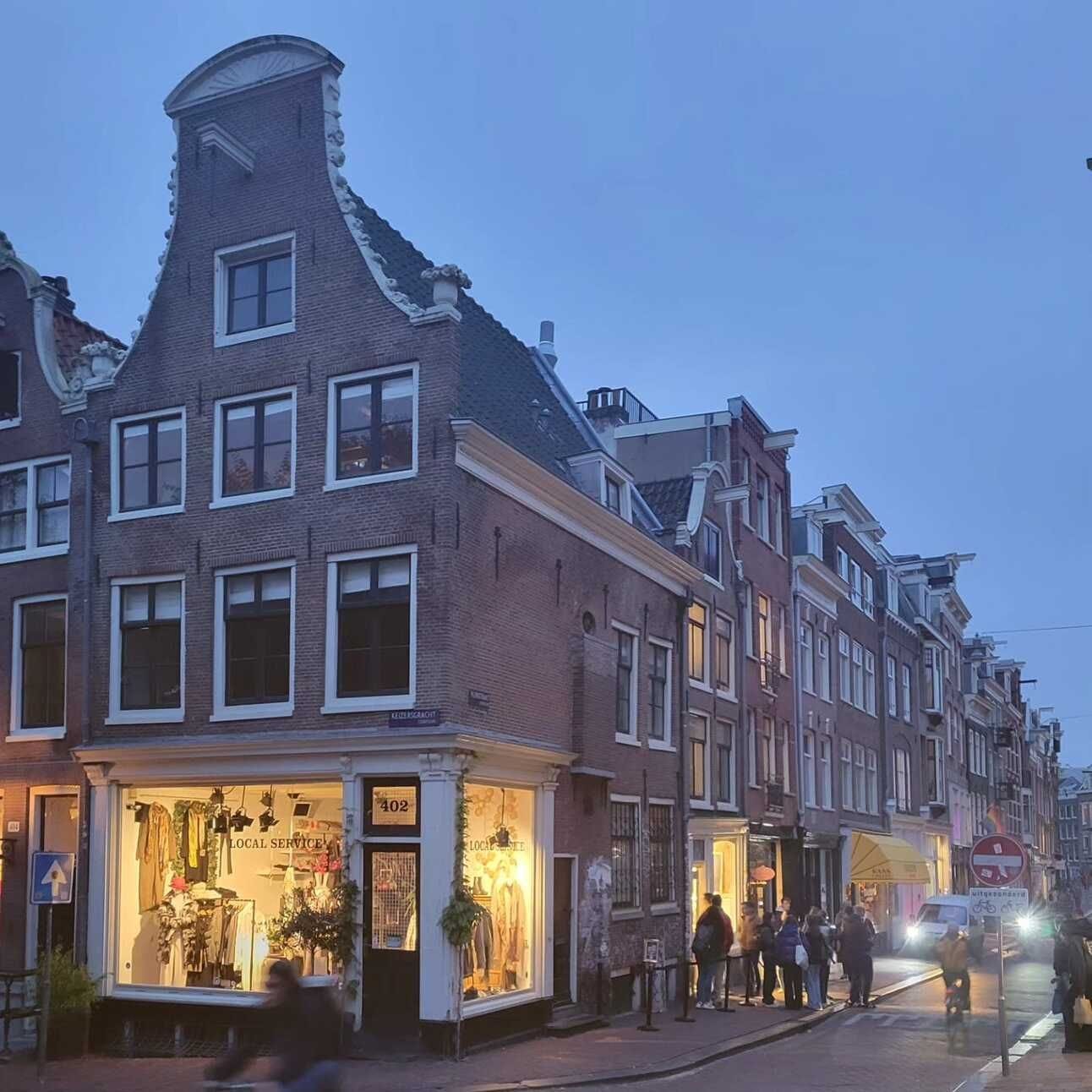
Off limits: ‘Coffee shops,’ bars, and music
You may already know that coffee shops in the Netherlands don’t sell coffee, they sell marijuana. (Cafes are where you go for your cup of Joe.) And even if we had been interested in partaking, most prohibit anyone under the age of 18 from entering.
Another interesting discovery is that the legal drinking age in the Netherlands is 18. In Berlin, my daughter can buy beer and wine, but not hard liquor. (She can do that at 18.) Most music venues were also off limits to her.
It was a bit strange for her to be on vacation–in a city with a reputation for being so fast and loose–and not able to have a glass of wine, when she can at home. Same for going to hear live music. I think some will give you a bracelet that IDs you as being under 18, but the venues we looked into on Leidseplein were not among them.
Day 1: Kalverstraat, touring the Rijksmuseum and the Anne Frank House
Since I was there with my 16-year-old, it’s probably no surprise that we spent most of the first full day shopping along Kalverstraat, Amsterdam’s center for high-end fashion and retail.
Known as the most expensive shopping street (by rental price) in the Netherlands (and the 17th most expensive in the world), Kalverstraat is home to many international and national retail chains, as well as independent boutiques, vintage shops, and restaurants.
We both indulged in some delicious treats from van Wonderen Stroopwafel, . (We also took some home for the guys in a souvenir tin.)
And my daughter was excited to score some bargains at Vintage Fabrik. But we learned later that the best outlets for vintage and secondhand clothing were Amsterdam’s street markets — and those were yet to come.
Rijksmuseum
I could have spent the whole visit just exploring the Rijksmuseum, the home of many of the Dutch masters’ masterworks, as well as antiques and relics from the Netherlands spanning the years 1200 to 2000.
The museum does an amazing job of placing the famous paintings by the likes of Rembrandt, Vermeer, and Frans van Hals in the appropriate historical context. For instance, Rembrandt’s The Night Watch, commissioned around 1639 as a group portrait of a local civic militia, does not depict a night scene. This common misconception was due to a dark protective varnish that coated the painting for much of its existence. The coating was removed by restorers in the 1940s, and it is now displayed largely as it was originally painted.
In Cornelis van Haarlem’s 1590 depiction of the Biblical “Massacre of the Innocents,” the presence of several completely naked assailants, as well as the unnaturally muscular physique of infants is attributed to the artists of that era’s desire to demonstrate their skill depicting the intricate details of human anatomy.
Note: One thing I noticed both here and at other museums and tourist attractions in Amsterdam is the presence of QR codes linking to audio guides in various languages. This allowed us to download the audio guide to our phones and listen with our own earbuds — obviating the need for a separate listening device. I wish more places would offer this — it seems like a much easier, sanitary, and low-maintenance way to do self-guided tours.
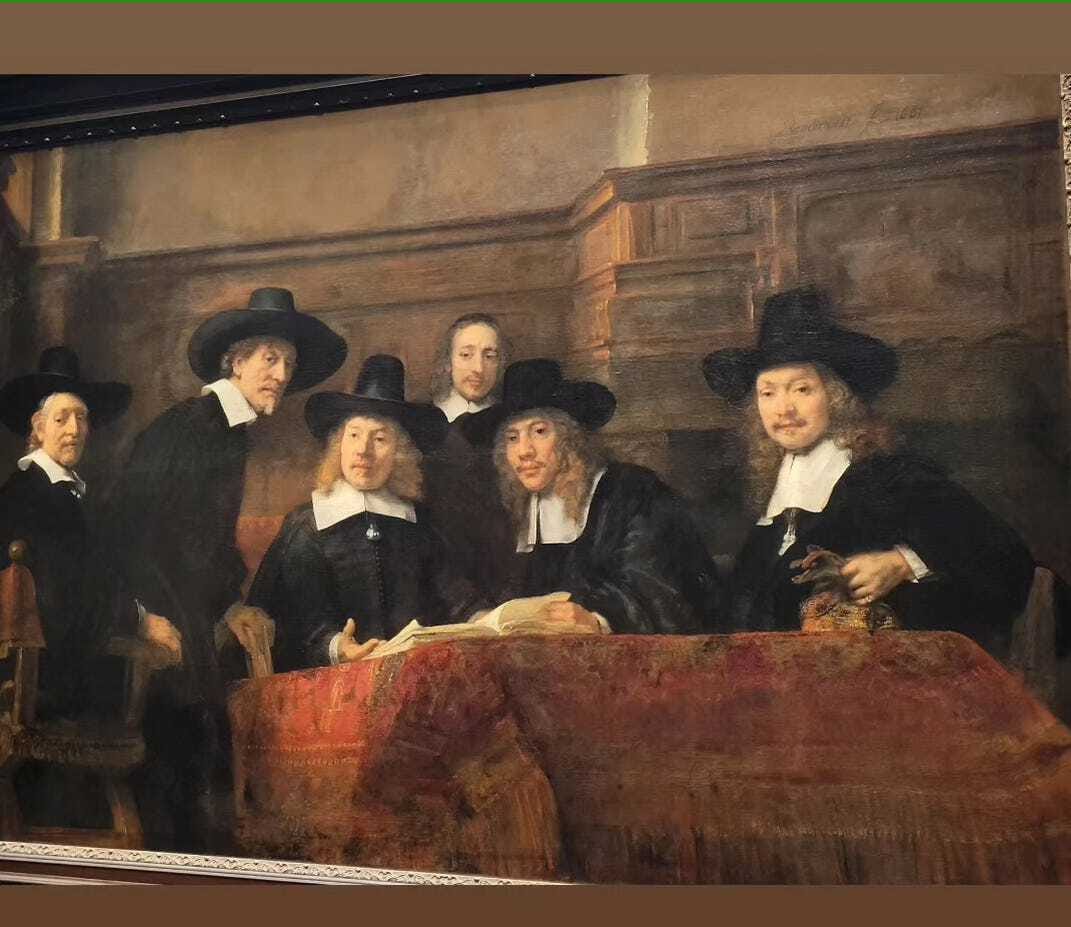
The Anne Frank House
The canal house along the Prinsengracht where Anne Frank and her family went into hiding during World War II is now a museum run by the nonprofit organization founded in 1957 by her father, Otto.
The experience of visiting the museum deserves an article of its own. Visitors must purchase tickets for a reserved time slot in advance. And no photographs of the exhibits are allowed.
The rooms that the Frank family shared with the van Pels family and Fritz Pfeffer have been preserved as they were left by the Nazi authorities after the raid. The walls still contain photographs that were pinned or taped up by Anne and her sister, Margot.
But all furnishings, except what was attached to the walls, were removed by the Nazi authorities after the secret annex was discovered and the occupants arrested and deported.
After he returned to Amsterdam in 1945, Otto Frank helped establish the museum as a memorial and asked that it not be re-furnished to depict it as it was when they lived there, but left empty to reflect the devastation that took place there. A small model was created to show how the annex would have looked while they lived there. It has been used to create the photos that are seen on the museum website.
After the families were arrested, the Nazis took all of their clothes and personal possessions and sent them to Germany to be given away. Miep Gies and other Dutch friends who had helped the Franks in hiding, secretly returned to the annex after the raid and collected some personal items — including Anne’s diary — before they could be removed.
Other exhibits at the museum site detail the history of the Frank family in Germany — both Otto and his wife Edith’s family had lived in Germany for generations, and he served in the German army during World War I.
They also cover the Nazi rise to power in Germany, the subsequent occupation of the Netherlands, and the issues that the museum and Otto Frank faced regarding Holocaust denial post World War II.
Day 2: Albert Cuyp Markt and a Canal Cruise
I had heard a lot about the Albert Cuyp Market before our trip and I was worried that we wouldn’t be able to visit because we were only staying in Amsterdam during the week. I mistakenly thought it was a weekend market.
Never fear, Amsterdam’s largest outdoor market is open six days a week, with over 260 different stands selling a variety of foods, souvenirs and handicrafts, and fresh produce and fish.
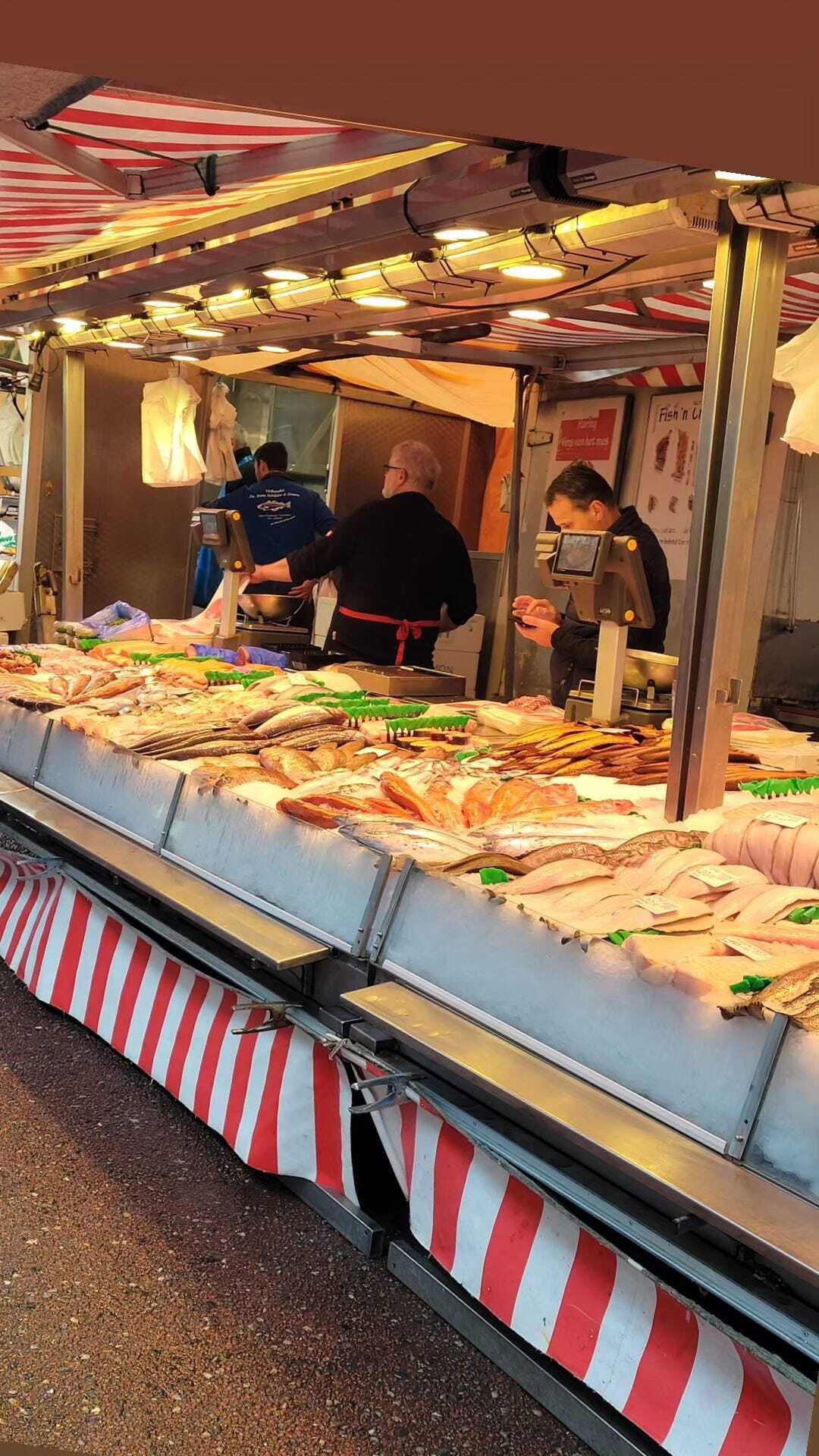
We spent the morning of our second day there, eating and shopping our way along Albert Cuypstraat through the de Pijp neighborhood. Plan to go on an empty stomach and have breakfast or lunch (or both!) there.
Canal Cruise
A trip to Amsterdam would hardly be complete without a boat cruise along the historic canals. We did ours with Amsterdam Boat Cruises because the price of the tour was included with our Amsterdam City Card. But there are many different types of cruises, at different times of day and with different features.
There are dinner cruises, private charter boats, and there’s even a ‘Hop On/Hop Off’ boat option.
We were again happy that we could download our own English-language audio guide, which pointed out local points of interest and shared some interesting historical color. On passing by the Westerkerk, which contains the graves of many notable Golden Age denizens, including Rembrandt, the guide noted that the practice of interring the bodies beneath the floor there gave rise to the Dutch phrase, “stinkede rijk,” or “stinking rich.”
Last Day: Rembrandt House Museum
Our last morning in Amsterdam, we were able to tour the Rembrandt House Museum before we departed.
The museum, at Jodenbreestraat 4, is the actual former home of the painter and has been restored to the way it looked when he lived there between 1639 and 1658, at the height of his fame. It includes his living quarters, the commercial space where he sold art and negotiated commissions, personal studio, and the larger studio where he gave lessons.
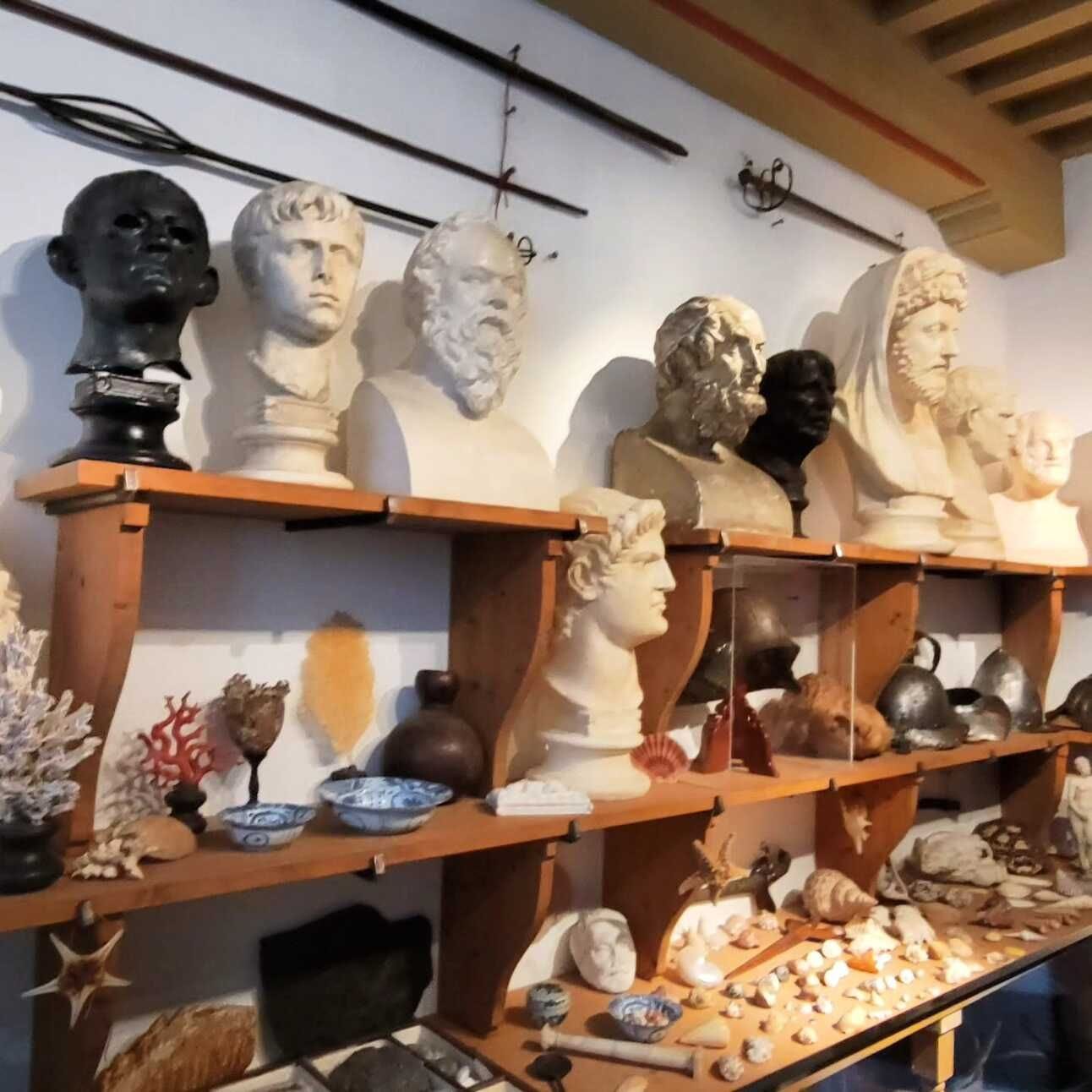
One entire room is dedicated to the artifacts and curiosities he collected from around the world. These included the native dress, and preserved plants and taxidermied animals that he wanted to depict in his work, despite never having traveled outside the Netherlands. His collection was very extensive and expensive and has been cited as a significant factor in Rembrandt’s later financial difficulties.
In 1658, the artist was forced to sell the house and almost all of his possessions to satisfy creditors. He, his common-law wife, and son, moved to rented quarters on the other side of the city. Over the next two centuries, the house was repeatedly sold and divided into several different apartments. The block later fell into disrepair.
The property was purchased by the city of Amsterdam in 1907 and turned over to the foundation that constructed and maintains the museum. Ironically, it was the detailed list of belongings and furnishings created by the bankruptcy sale that allowed the museum’s curators to accurately reconstruct his home as he knew it.
The food!
Amsterdam is known for its delicious if not-so-healthy street foods like friet, the classic Dutch french fries often served in a paper cone topped with mayo and onions; bitterballen, globe-shaped croquettes stuffed with meat and sauce; and broodje haring, pickled herring sandwiches served with just the fish, pickles and onions.These three items largely fueled our days walking, riding, and cruising around the city.
For some meals, however, we opted for healthier and more international fare. On our first night, we had an amazing Rijsttafel Purnama for two at Indrapura, an Indonesian restaurant on Rembrandtplein.
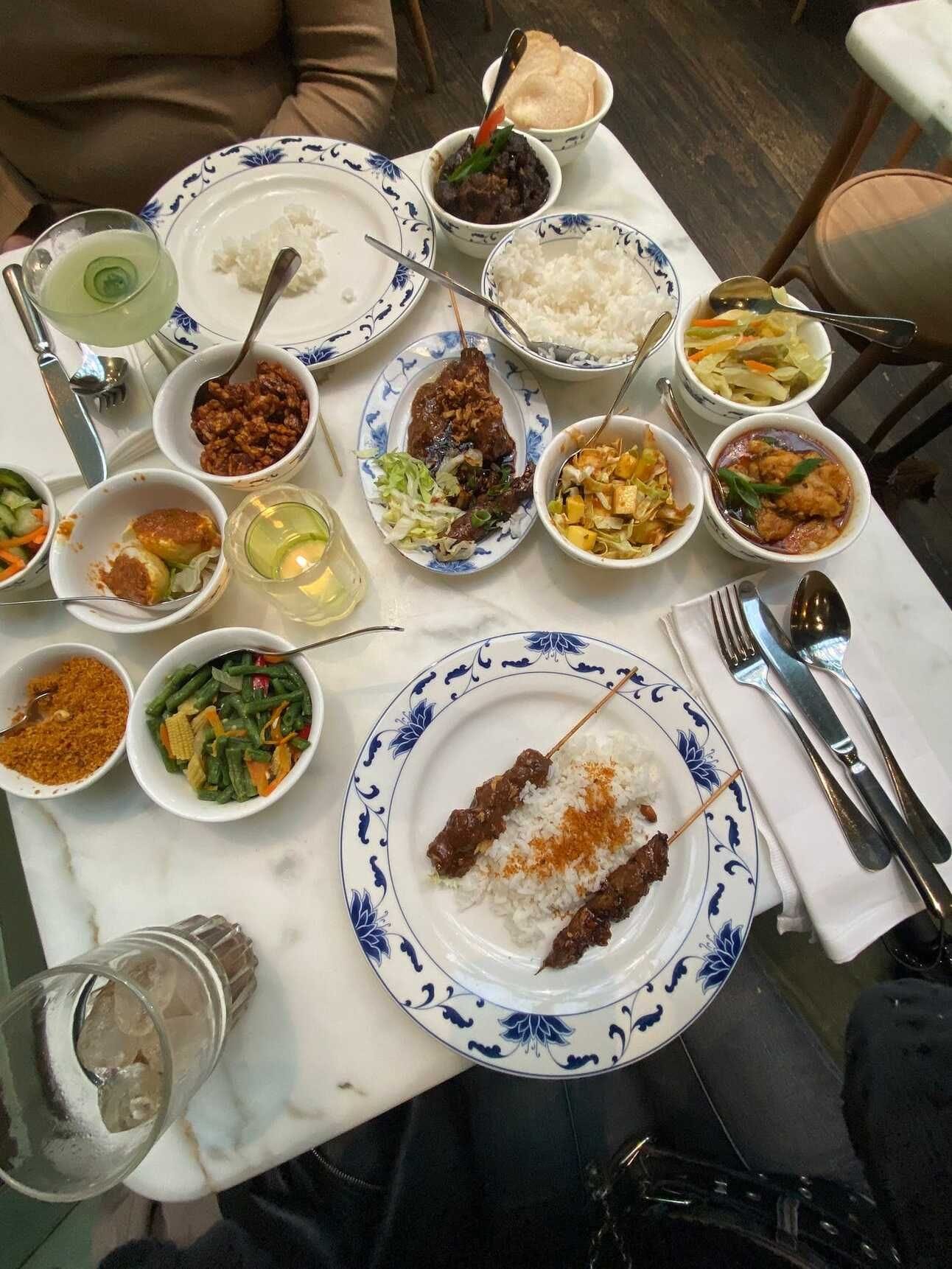
Rijsttafel (literally, ‘rice table’) is an assortment of small dishes served individually and accompanied by rice. Indonesian food is widely popular in the Netherlands, a relic of the island’s country’s history as a Dutch colony. And rijsttafel are, basically, a Dutch invention, serving small versions of lots of different Indonesian dishes at once.
In the morning, we visited Blin Queen — which serves a variety of amazing breakfast dishes, not just their signature blin.
We also had great coffee and smoothie bowls at Coco’s Corner, a cute sandwich shop with a lot of great vegetarian options.
For next time
I think we packed a lot into our three days, but there were some notable things I wanted to do that we missed out on this time.
If you want to tour the Van Gogh Museum, you need to book your tickets well in advance. All tickets are issued for a specific day and time, so I recommend booking them when you make your travel arrangements.
We also decided not to visit the Begijnhof this time because the weather was rather cold and rainy. This enclosed courtyard and the surrounding buildings are some of the oldest in Amsterdam and were once the home of a dedicated community of Beguines — a group of Catholic women who lived together communally but did not take monastic vows.
It is also the home of the Engelse Kerk (English Church). Built in the early 14th century as the chapel for the Beguines, it was later converted to a Reformed Church for Amsterdam’s English-speaking community. This was where many English Pilgrims worshiped during their time in the Netherlands. The church, still an active congregation affiliated with the Church of Scotland, has memorials to them both inside and out.
I have still barely scratched the surface of all the things to see and do in Amsterdam. But you should clearly see there’s a lot more here than just a party. For even more information about Amsterdam and the Netherlands, check out the links below.
Learn More About Amsterdam
New York Times: A Dutch Golden Age? That’s Only Half the Story
Dutch Era: The Netherlands as a Global Power
Jeannette Loeb: The Jewish History of Amsterdam
Culture Trekking: Museum of Our Lord in the Attic
Bloomberg Cities: Amsterdam shows where ‘digital urban planning’ is headed
Sustainable Cities: Cycling Routes in Amsterdam
Thank you for reading Alte Frau, New Life. This post is public so feel free to share it.
Image credit: All images in this article were taken by the author and may not be re-used or reproduced without express permission and attribution.


